The résumé – a page or two of information highlighting your skills, qualifications, education… you’ve heard it all before. But have you ever taken a long, honest look at the document you’re sending out to recruiters and hiring managers and asked: “Would I hire myself?”
Before you answer the question, consider the fact that the decision-makers on the receiving end of your quest to get a foot in the door are inundated with résumés from the moment an opportunity hits the job boards. More than likely, they’ll decide whether or not to take a deeper look based on a first glance that lasts a few seconds.
So, how does the average job seeker stand out from the crowd and go from obscure to interviewed? The key is to strategically determine the characteristics your résumé needs to possess in order to differentiate yourself.
1. Read the job description. We’re all guilty of it – applying for a role based on the job title versus the job description. Before applying, look beyond the company name and the job title and thoroughly read through the entire posting. Do you meet the qualifications, possess the necessary skills and education, and see a culture fit? If so, you’re almost ready to toss your résumé into the hat.
2. Cater your résumé to your industry. This may require some cleverness and brainstorming as your challenge will be to find a balance between creativity and professionalism (gimmicks can be distracting and take away from the overall purpose of a résumé). If you work in the fashion industry as a designer, a small detail such as a watermark of one of your sketches can add a personal touch while speaking to your skills. Perhaps you’re a graphic designer. Transforming your résumé into an infographic can help to visually demonstrate your abilities.
3. Cater your résumé to the position. You’re qualified for the job and you’ve figured out how to give your résumé an edge. Now you’re ready to get down to business. The bullet points you list under your current and previous job titles are crucial pieces of information. Ensure each bullet goes beyond listing what you do and focuses on how your actions have led to a particular outcome that benefits the company. For instance: Analyzed the design process to eliminate unnecessary steps and decrease production time.
4. Let it flow. Think of your résumé as a work of art – it should be just as informative as it is visually appealing. Keep font types and sizes uniform and list topics from most important to least important. An entry-level candidate may start with internships or education while a seasoned professional would list their most recent work experience towards the top.
Apply these four tips to your job-seeking efforts to help fast track your résumé to the “set up an interview” stack.

